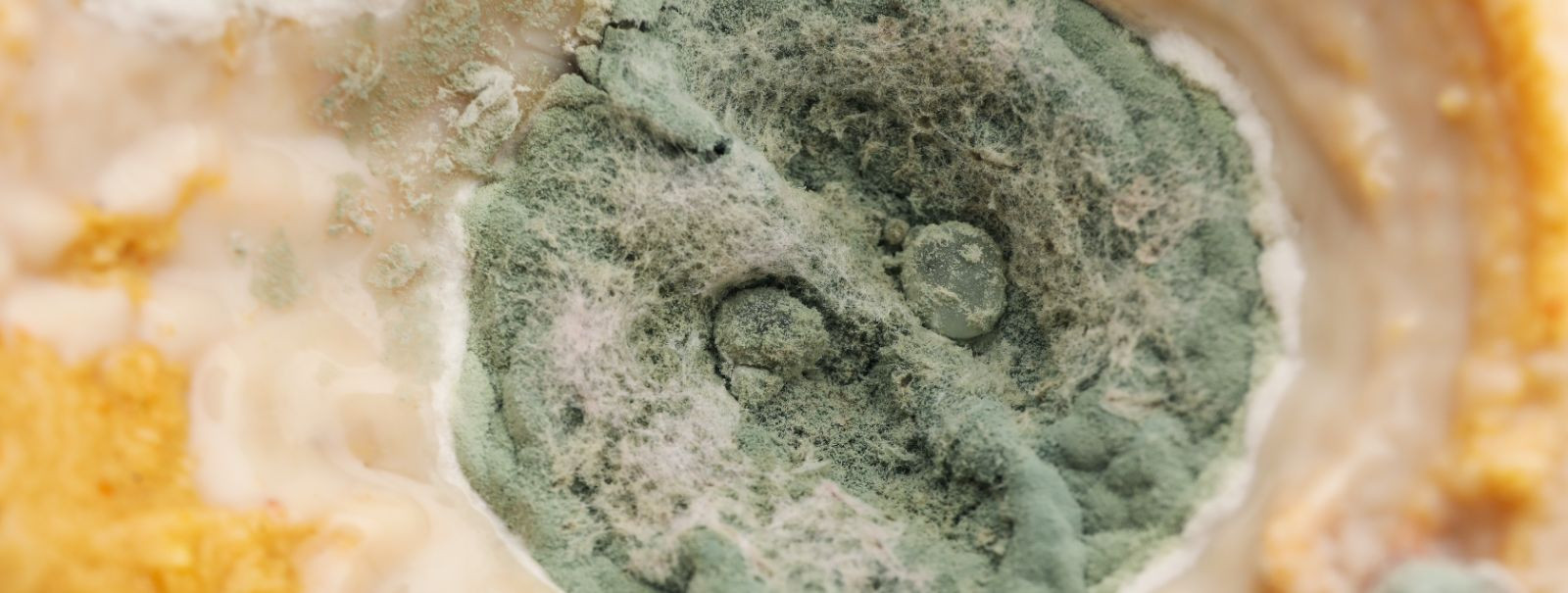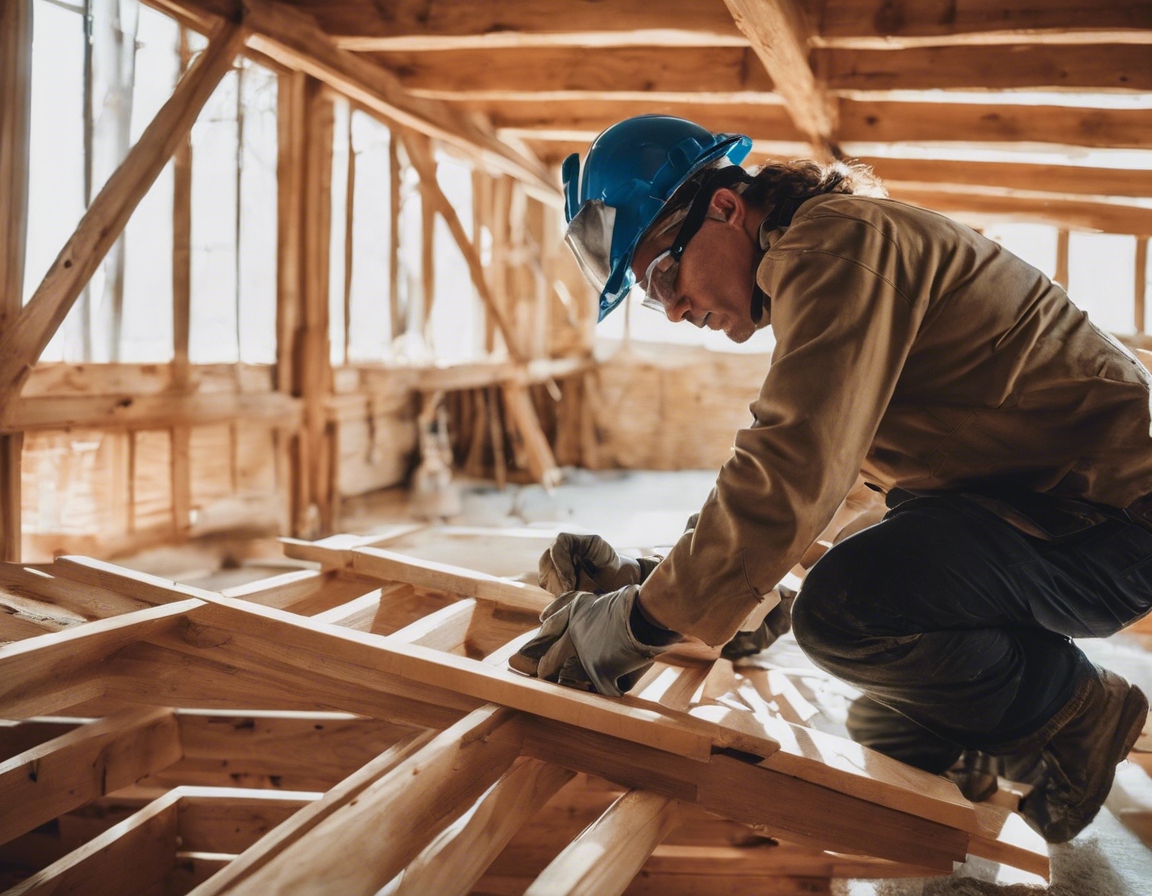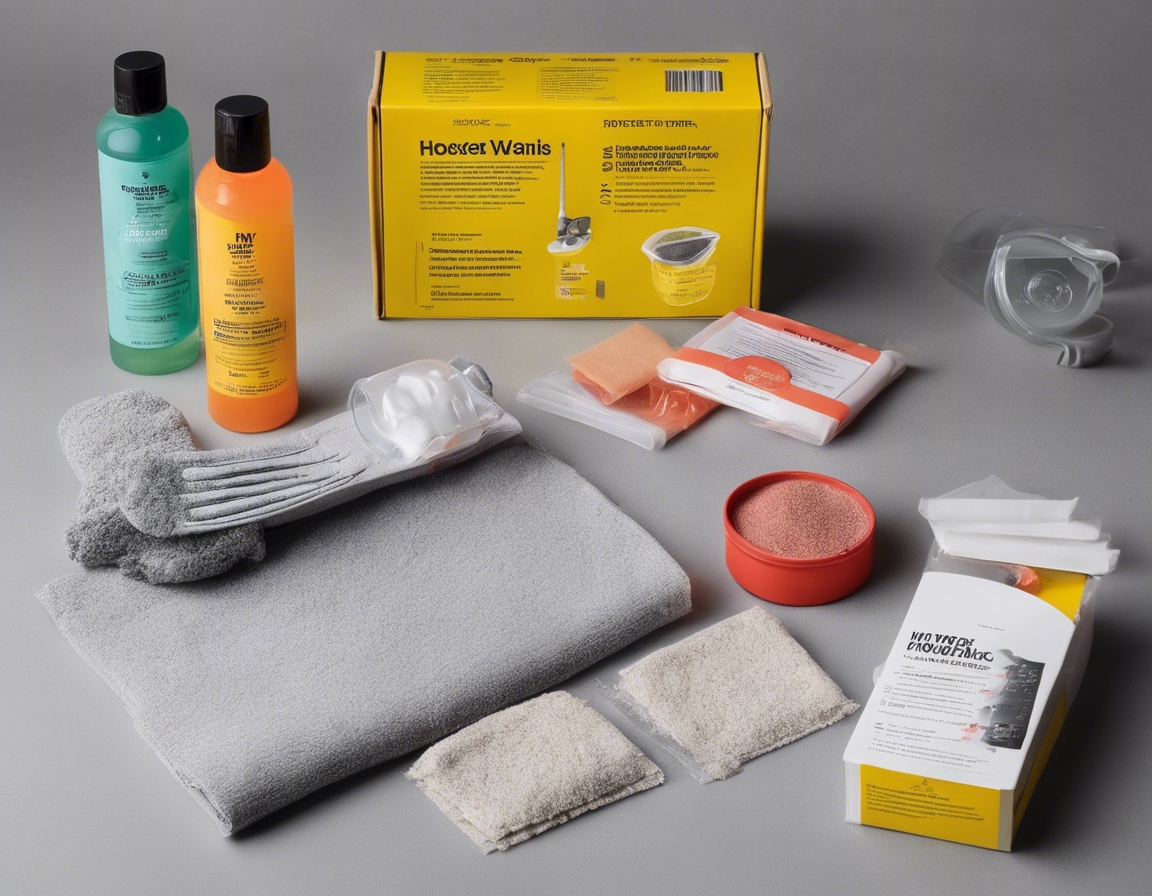The health risks of household mould and how to combat them
Mould is a type of fungus that can grow indoors and outdoors, thriving in warm, damp, and humid conditions. It reproduces by releasing spores that can be inhaled or come into contact with the skin. While some moulds are harmless, others can pose significant health risks, especially when they grow unchecked within a home.
In the damp climate of Estonia, mould growth in homes can be a common issue. Mould can cause structural damage to properties, particularly older buildings with poor ventilation. More importantly, it can have adverse effects on the health of the occupants, making it a concern that should not be overlooked.
The Health Impacts of Mould Exposure
Exposure to mould can lead to a variety of respiratory problems, including asthma, wheezing, and difficulty breathing. Those with allergies may find their symptoms exacerbated by mould spores, which can cause sneezing, runny nose, and itchy eyes.
For individuals with weakened immune systems, such as the elderly or those with chronic illnesses, mould exposure can lead to more serious infections and health complications.
Long-term exposure to certain types of toxic mould, such as black mould, can result in more severe health issues, including neurological problems and, in extreme cases, death.
Identifying Mould in Your Home
Signs of mould include a musty odor, visible growth on walls or ceilings, and the presence of condensation. Discoloration and water stains can also indicate a potential mould problem.
Mould commonly grows in areas with high moisture levels, such as bathrooms, kitchens, basements, and around windows or pipes. Regular inspections in these areas can help in early detection and prevention.
Preventative Measures Against Mould
Keeping indoor humidity levels between 30-50% and ensuring proper ventilation can significantly reduce the risk of mould growth. Use of dehumidifiers and exhaust fans can be effective in maintaining a healthy indoor environment.
Cleaning and repairing roof gutters, checking for leaks around the house, and promptly addressing any water damage can prevent mould from taking hold.
Choosing mould-resistant building materials and incorporating design elements that reduce moisture can be beneficial, especially during renovations or new construction.
Professional Mould Remediation
If mould covers a large area or if you have health concerns, it's important to contact professional mould remediation services. They have the expertise and equipment to safely and effectively remove mould from your property.
Professional mould remediation involves assessing the extent of the mould growth, containing the area to prevent spore spread, removing contaminated materials, and treating the area to prevent future growth.
It's crucial to choose a reputable and experienced company like TERVE EHITUSE OÜ for mould remediation. They understand the unique challenges presented by the Estonian climate and can provide tailored solutions to ensure your home is safe and mould-free.







Comments (0)